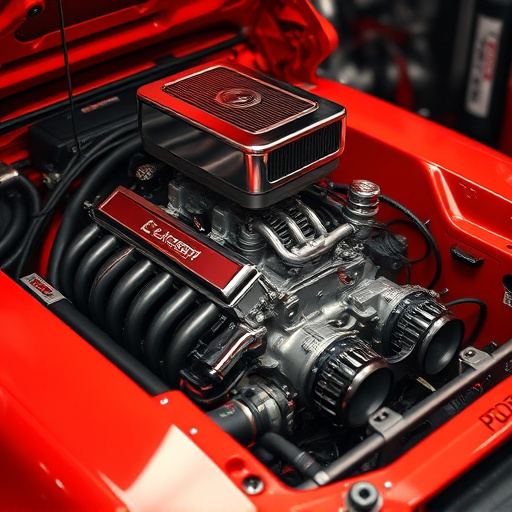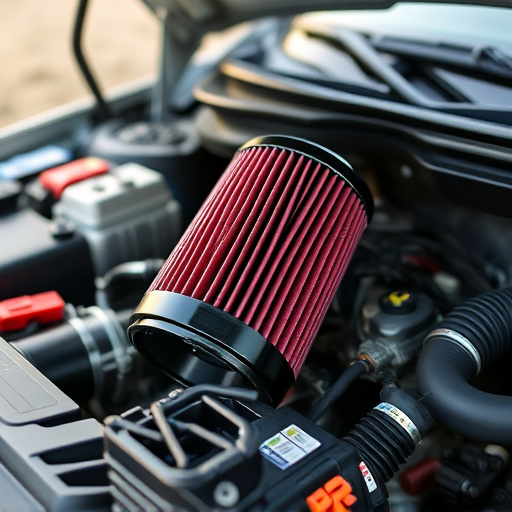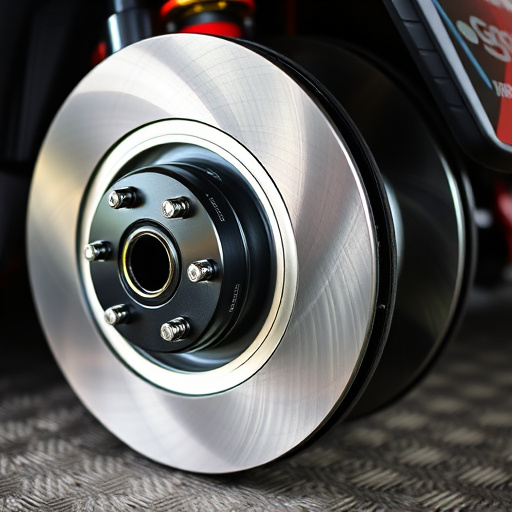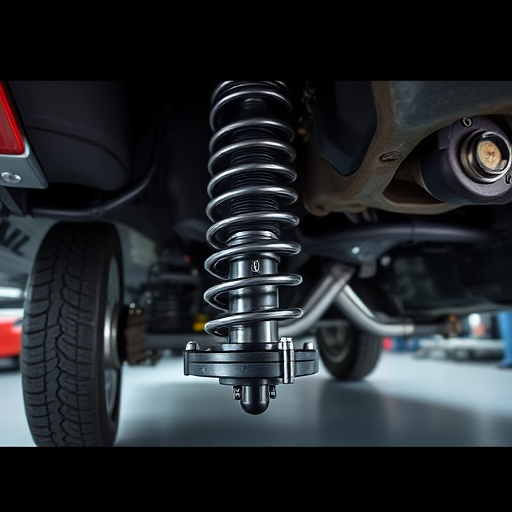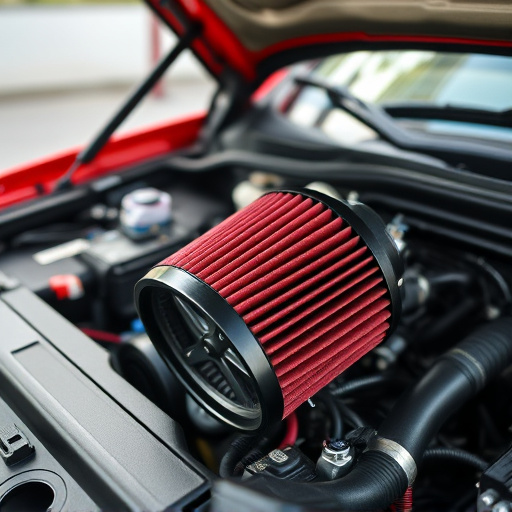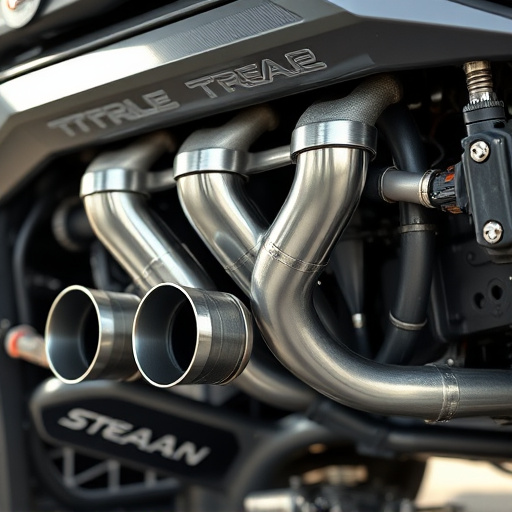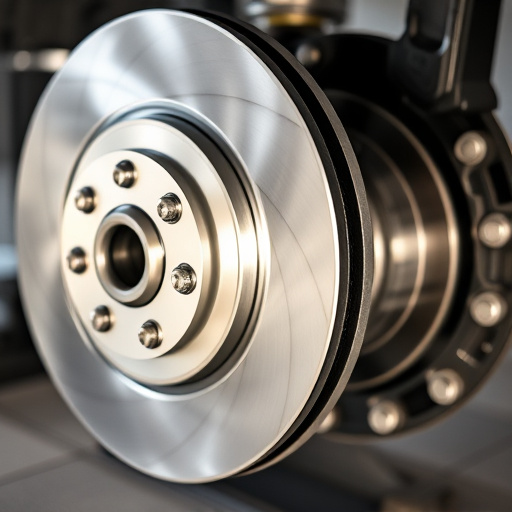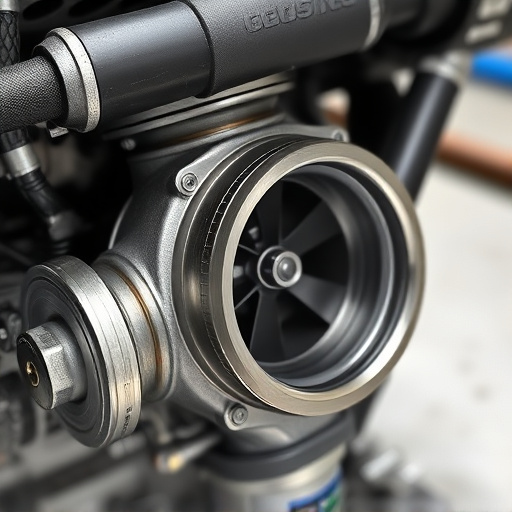A brake performance kit's effectiveness relies on key factors like braking distance, suspension components, and heat transfer management. Rigorous testing protocols assess dynamic metrics and endurance. Safety standards dictate design, manufacturing, and testing for reliable performance under various driving conditions, integrating brakes with exhaust, intake, and wheel configurations.
A vehicle’s braking system is a critical safety component, and understanding the key metrics defining a high-performance brake kit is essential. This article delves into the factors that make a brake kit effective, exploring the science behind testing protocols for optimal braking performance. We also examine the role of safety standards and their profound impact on the design and quality of brake kits. By unraveling these aspects, you’ll gain valuable insights into what constitutes an exceptional brake performance kit.
- Key Factors Measuring Brake Kit Effectiveness
- Testing Protocols for Optimal Braking Performance
- Safety Standards and Their Impact on Brake Kits
Key Factors Measuring Brake Kit Effectiveness
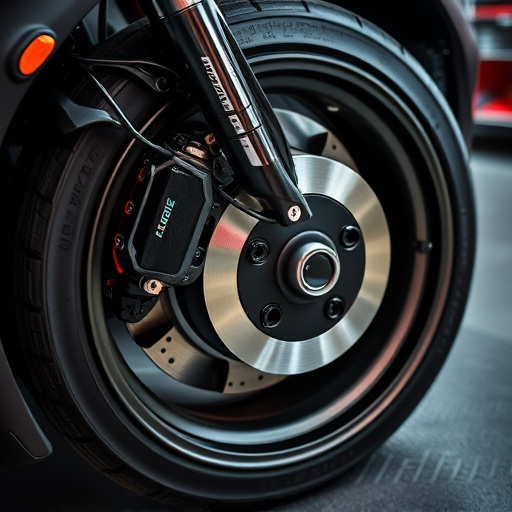
The effectiveness of a brake kit is defined by several key factors that work in harmony to ensure optimal stopping power and driving safety. One of the primary metrics is brake performance. This involves measuring the distance required to stop the vehicle from a given speed, which indicates the efficiency of the brake pads and rotors. The shorter the braking distance, the better the kit’s performance.
Additionally, suspension components play a crucial role in maintaining consistent and precise braking. Well-designed coilover kits ensure that the suspension remains stable under heavy braking, preventing body roll and improving overall vehicle control. The integration of high-quality muffler tips can also enhance brake effectiveness by reducing heat transfer from excessive friction, thus maintaining the integrity and performance of the brake system over time.
Testing Protocols for Optimal Braking Performance
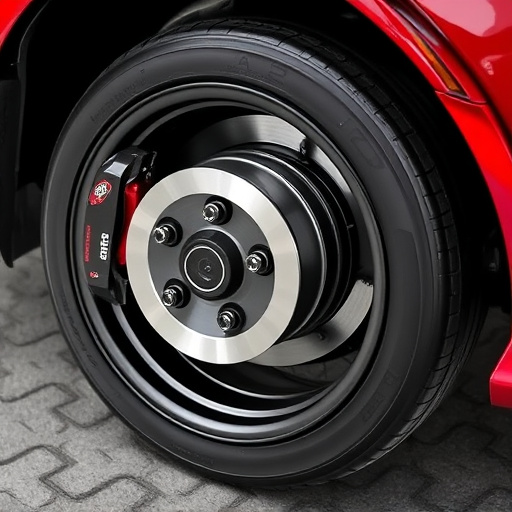
When evaluating a brake kit for optimal performance, rigorous testing protocols are essential. These tests should simulate real-world driving conditions to ensure the brakes deliver consistent and powerful stopping power in various scenarios. The process often involves dynamic tests on specialized equipment that measures braking distance, modulation, and heat dissipation. For instance, track testing allows engineers to assess how the brake kit performs under heavy use over extended periods.
Moreover, understanding how a brake kit interacts with other components like performance exhaust, intake systems, and wheel configurations is vital. These factors can influence overall braking efficiency. Manufacturers often conduct extensive research to optimize these interactions, ensuring that the brakes not only provide excellent stopping capabilities but also complement the vehicle’s overall performance characteristics.
Safety Standards and Their Impact on Brake Kits
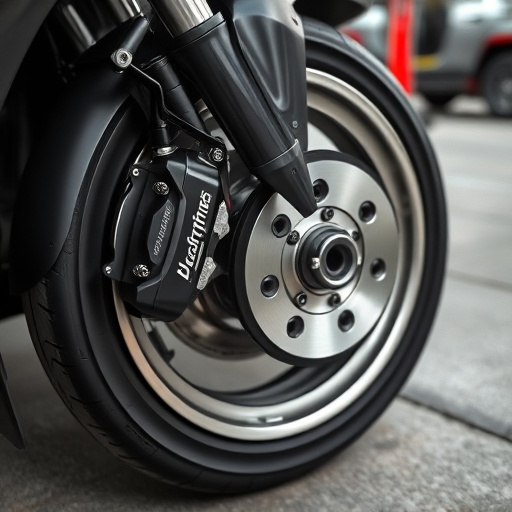
The safety standards governing automotive components, particularly brakes, are stringent to ensure driver and passenger protection. These regulations set benchmarks for brake performance kits, dictating their design, manufacturing processes, and testing protocols. Compliance with these standards is mandatory, guaranteeing that every brake kit installed on a vehicle meets or exceeds safety expectations.
High-performance parts, including advanced braking systems, must undergo rigorous tests to validate their effectiveness and reliability under diverse driving conditions. These evaluations consider factors such as stopping distance, pedal feel, and heat dissipation, directly impacting the overall braking performance of the kit. Additionally, considerations for exhaust systems and their components are essential, especially regarding temperature management and noise reduction, further emphasizing the holistic approach to crafting superior brake performance kits.
A good brake kit is defined by a harmonious blend of technology, safety standards, and performance metrics. By understanding key factors, adhering to rigorous testing protocols, and staying informed about safety regulations, you can ensure that your vehicle’s braking system provides optimal performance and peace of mind. Invest in a top-tier brake kit, and drive with confidence knowing you’re in control.

